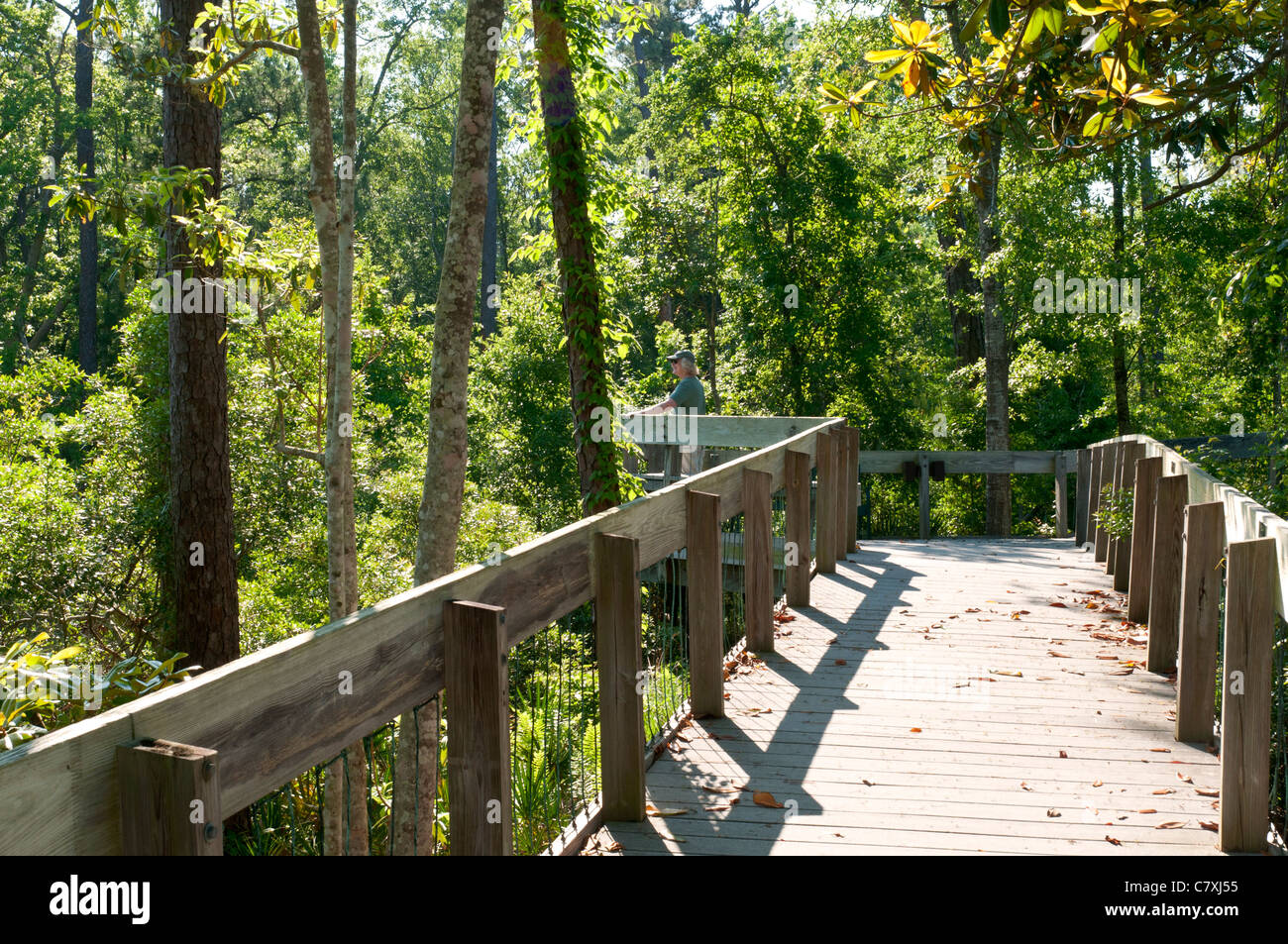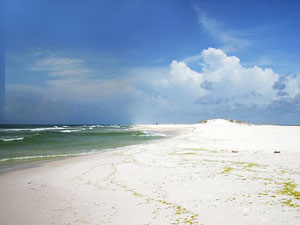

Without intervention, barrier islands maintain a state of dynamic equilibrium between sediment exchange, wave energy, and sea level rise. Features such as sand dunes, maritime forests, inlets, lagoons, back-barrier marshes, and vegetation constitute these fragile coastal systems. These important environments protect the mainland from storm events and wave action, while providing a vital ecosystem for many species. Barrier Islandsīarrier islands are one of the most common and distinguishable features of the Atlantic coast. Features such as spits, barrier islands, tombolos, and dunes are classic forms in sandy beach environments. Geologic Features of Sandy Coastsĭepositional processes along coastlines, such as sediment transport, form sandy beaches and create highly complex landforms that experience constant change and movement. These narrow strips of sand serve as obstacles to wave activity, protecting fragile environments that lay further inland, for example, marshes, tidal flats, and lagoons. Coastal barriers are highly complex and dynamic landforms that experience constant change and movement. Sandy beaches may be found in other tectonic settings or depositional environments, such as pocket beaches at Channel Islands National Park and beaches near the mouth of San Francisco Bay at Golden Gate National Recreation Area in California.ĭepositional settings along sandy coasts produce barrier structures such as bay barriers, barrier spits, and barrier islands. Many of our favorite beaches are found on sandy coasts: Cape Cod National Seashore in Massachusetts, Cumberland Island National Seashore in Georgia, Assateague Island National Seashore in Maryland and Virginia, Padre Island National Seashore in Texas, and Gulf Islands National Seashore in Florida and Mississippi. Typically located on passive margins, in areas characterized by low-wave energy, a wide continental shelf, and high offshore sediment influence, sandy beaches are found in wave-dominated, depositional settings such as the Atlantic Ocean and Gulf of Mexico coasts. Sandy beaches are highly dynamic environments subject to rapid, extreme changes. For information about other pass options, please visit the Gulf Islands National Seashore's Fees & Passes web page.Windswept beach, Fire Island National Seashore, New York (2015). If you own one of these passes you do NOT need to purchase a digital site pass.Īre you visiting multiple parks? You may inquire about purchasing Interagency annual and lifetime passes that allow entry at multiple national parks and federal lands when you arrive at Gulf Islands National Seashore. Please be prepared to show your site pass on your mobile device (or printed on paper).Įntrance passes are non-transferrable, non-refundable, will not be replaced if lost or stolen and will be void if altered or reproduced.ĭo you already own a pass? Gulf Islands National Seashore honors the Interagency annual and lifetime passes that are valid at multiple national park and federal sites (Annual, Senior, Access, Military, etc.).

This fee covers unlimited entry for one vehicle and passengers for 7 consecutive days, beginning on the start date you select. The park requires all visitors to pay an entrance fee except children under 16 years of age. You are purchasing a digital site pass that is valid only for weekly or annual entrance fees at Gulf Islands National Seashore.

Site Passes purchased on are non-refundable and non-transferable.Do you already own a pass? If you already own a valid Interagency Pass (Annual, Senior, Access, Military, etc.), you do not need to purchase any of the passes below.Are you visiting more than one park? If you plan to visit other national parks or federal lands, consider purchasing an Interagency Pass (Annual, Senior, Access, Military, etc.) when you arrive at Gulf Islands National Seashore.The pass is valid only at Gulf Islands National Seashore.

You may purchase a 7 day or annual pass below. Gulf Islands National Seashore charges an entrance fee.


 0 kommentar(er)
0 kommentar(er)
